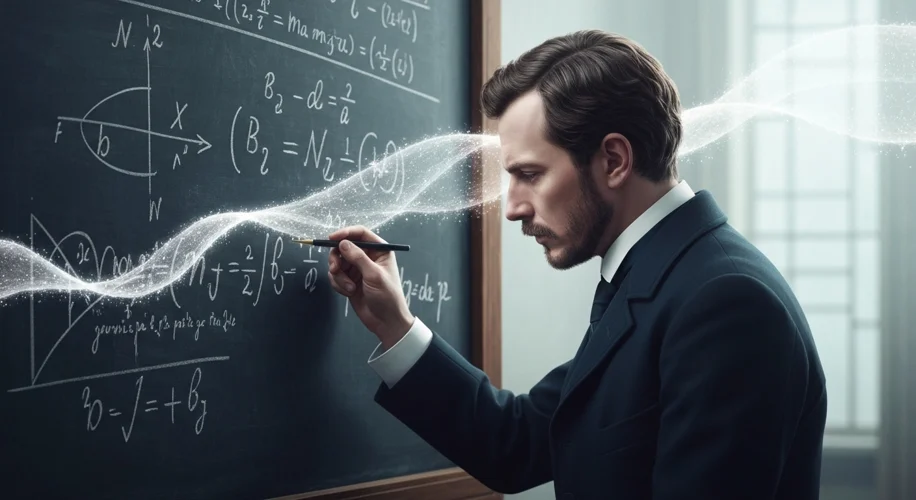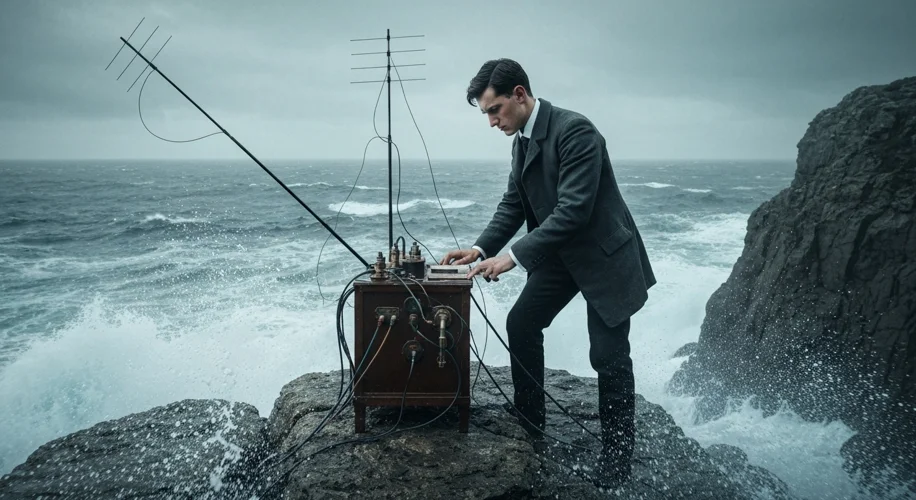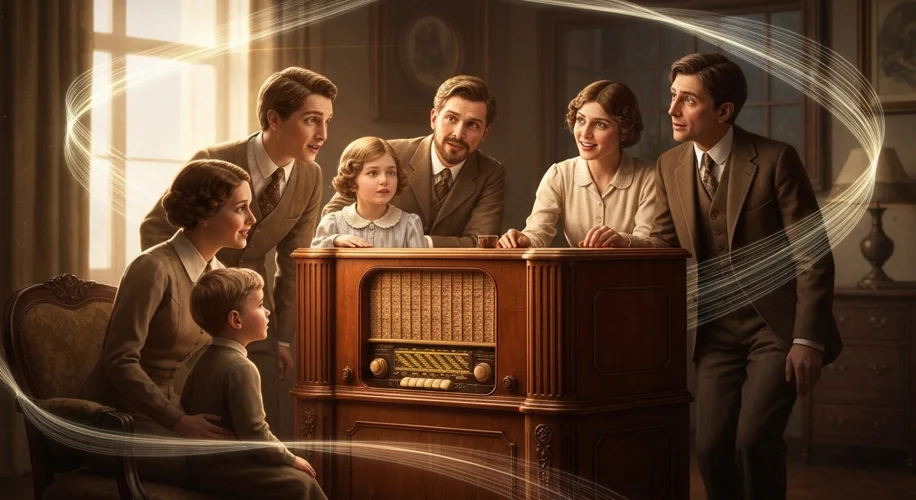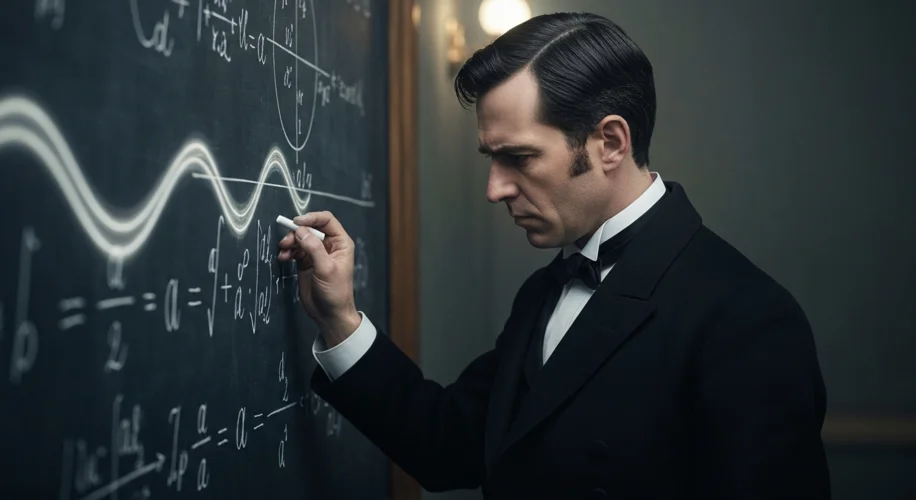In the hushed laboratories of the late 19th century, a silent revolution was brewing, one that would unshackle humanity from the confines of wired communication and weave invisible threads of connection across the globe. Before the ubiquitous hum of Wi-Fi and the pocket-sized portals we call smartphones, there was the crackle of static, the hum of dynamos, and the sheer audacity of men who dared to believe in the power of the unseen.
At the heart of this transformation was the mind of James Clerk Maxwell, a Scottish physicist whose elegant mathematical equations, published in the 1860s, predicted the existence of electromagnetic waves. These weren’t just abstract concepts; Maxwell theorized that light itself was a form of these waves, and that they could travel through the vacuum of space at the speed of light. It was a breathtaking revelation, a glimpse into a hidden universe of energy waiting to be harnessed.

But theory needs proof. Enter Heinrich Hertz, a German physicist who, in the late 1880s, brought Maxwell’s invisible waves into tangible existence. In his laboratory, Hertz meticulously constructed apparatuses that generated and detected these electromagnetic waves, which we now simply call radio waves. He sent sparks jumping across gaps, observed their effects kilometers away, and, in doing so, provided the irrefutable evidence that Maxwell’s waves were real. Hertz’s experiments were not just scientific curiosities; they were the foundational stones upon which the entire edifice of wireless communication would be built.
While Hertz demonstrated the existence of radio waves, it was Guglielmo Marconi, an Italian inventor, who truly saw the commercial and practical potential. Driven by a vision of instantaneous communication unbound by wires, Marconi began his experiments in the early 1890s. Working from his family estate in Italy, he relentlessly tinkered, improved his equipment, and pushed the boundaries of what was thought possible. He understood that the real power lay not just in sending signals, but in sending them reliably over greater and greater distances.
Marconi’s breakthrough came in 1897 when he successfully transmitted a wireless signal across the English Channel. This was a monumental achievement, proving that wireless communication could span significant geographical barriers. The world took notice. News of his invention spread like wildfire, igniting imaginations and sparking a race to capitalize on this new technology. The implications were staggering: the ability to communicate with ships at sea, to send messages without the need for costly and vulnerable telegraph wires, and perhaps even to broadcast information to a multitude of receivers simultaneously.

The early days of wireless were a chaotic, exhilarating mix of innovation and speculation. Companies sprang up, inventors vied for patents, and governments recognized the strategic importance of this new medium. The invention of the spark-gap transmitter and the coherer receiver were early triumphs, allowing for the transmission of Morse code over the airwaves. But the dream extended beyond simple telegraphy. Visionaries like Nikola Tesla, a Serbian-American inventor and fierce rival to Marconi, also worked on wireless transmission, envisioning a future of global wireless power and communication, though his ambitious projects often faced funding challenges and technical hurdles.
The true potential for widespread connectivity began to emerge with the development of more sophisticated modulation techniques. Instead of simply sending pulses of energy, inventors learned to vary the amplitude or frequency of the radio waves to encode more complex information, including voice. This paved the way for the advent of radio broadcasting, a concept that would fundamentally alter public life, entertainment, and politics.

The early 20th century saw the transition from experimental curiosities to practical applications. The sinking of the Titanic in 1912, despite the tragedy, underscored the life-saving potential of wireless telegraphy, as distress signals were sent out. During World War I, radio became an indispensable tool for military communication, coordinating troops and providing vital intelligence.
The technological leaps continued. The development of the vacuum tube enabled the creation of more sensitive receivers and powerful transmitters, leading to clearer signals and longer ranges. This era also saw the birth of early wireless networking concepts. While not the interconnected computer networks of today, the idea of using radio waves to transmit data between devices was taking shape. Early experiments involved using radio to control remote devices, a precursor to modern remote sensing and control systems.
The wireless revolution was more than just a technological advancement; it was a cultural and social phenomenon. It shrank distances, brought people closer, and laid the groundwork for the interconnected world we inhabit today. From Maxwell’s prophetic equations to Hertz’s tangible proofs and Marconi’s pioneering applications, the journey of wireless communication is a testament to human ingenuity and the relentless pursuit of connection. It was the dawn of an era where the air itself became a conduit for information, forever changing the way we live, work, and interact.

